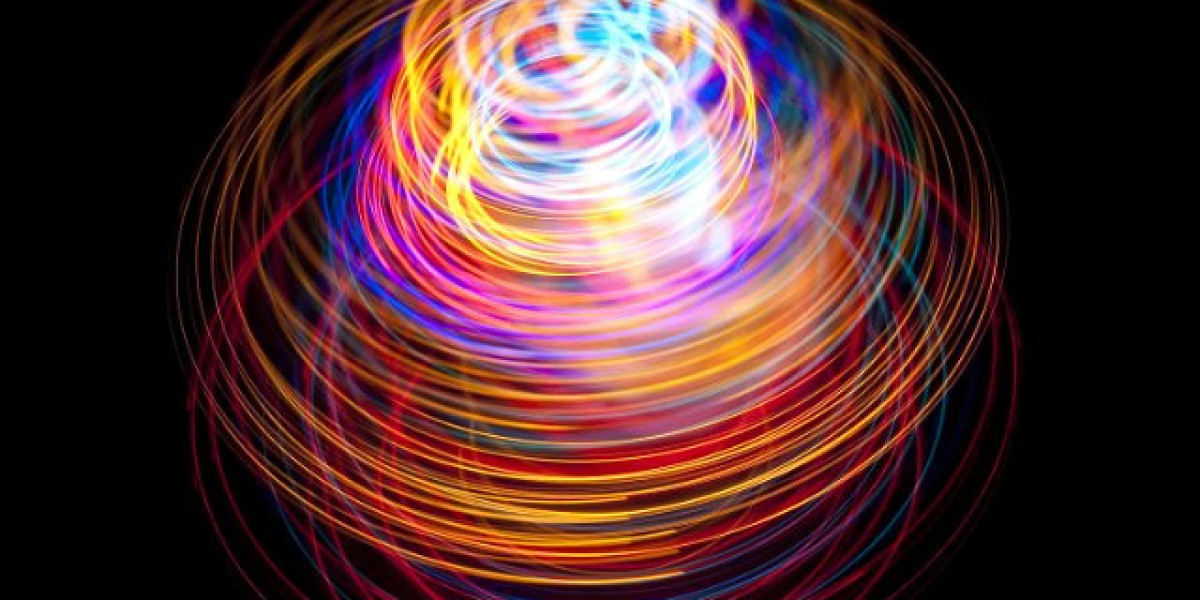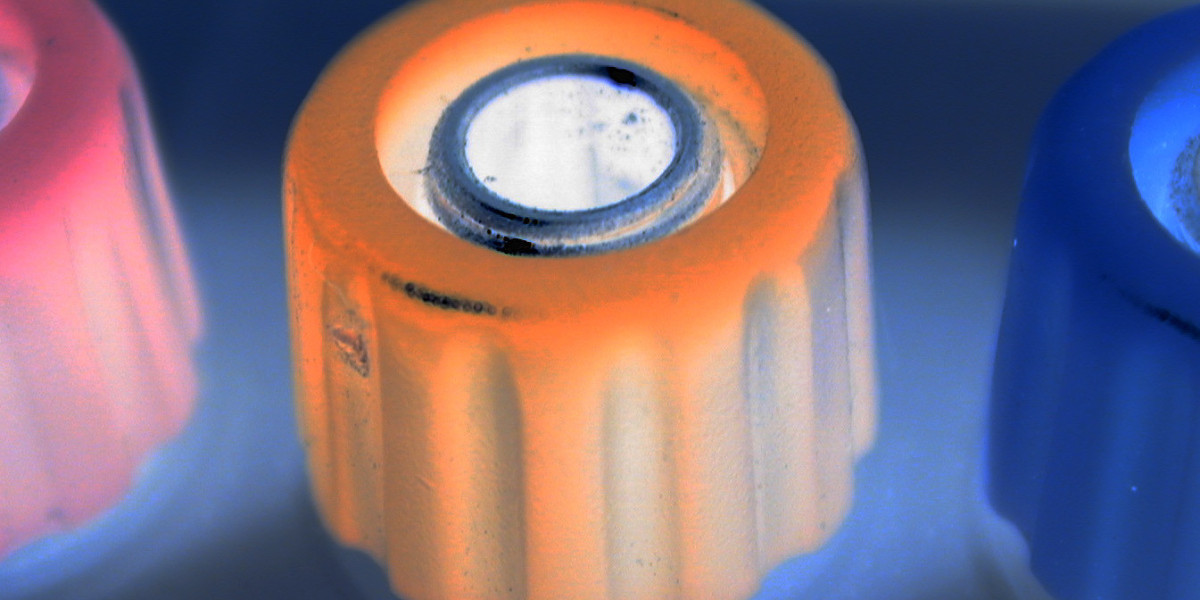The Deep Space Ultra-Stable Oscillator market is experiencing a significant upswing as space missions become more complex and demanding. These oscillators, essential for precise timing in deep space communication and navigation, are projected to grow at a CAGR of 12.5%, reaching USD 1.2 billion by 2032. This growth is fueled by the increasing number of interplanetary missions, satellite navigation systems, and scientific research that rely on ultra-stable oscillators to ensure accurate timekeeping over vast distances in space.
As space exploration ventures into deeper realms, such as missions to Mars, the Moon, and beyond, the need for advanced technologies like the Deep Space Ultra-Stable Oscillator has never been greater. These components ensure the precision of spacecraft systems, satellite communication, and scientific measurements, which are crucial to the success of modern space missions.
Get Sample Report of Deep Space Ultra-Stable Oscillator Market @ https://marketintelo.com/request-sample/44025
Market Overview
Deep space exploration requires unparalleled precision in timekeeping, making the role of Deep Space Ultra-Stable Oscillators (DSUOs) indispensable. These highly specialized devices are designed to maintain extremely stable frequencies for extended periods, ensuring accurate synchronization in deep space missions. Whether for spacecraft communication, telemetry, or scientific instruments, DSUOs help minimize timing errors, which are critical to mission success.
The technology is primarily used in deep space communication systems, satellite-based navigation, scientific experiments, and other aerospace applications where time synchronization is crucial. Unlike standard oscillators, DSUOs offer exceptional long-term stability, operating without the drift that affects conventional oscillators, thus ensuring reliable performance in environments far from Earth.
As the global space industry accelerates its focus on deep space exploration, the demand for DSUOs is set to rise. The increasing complexity of missions and growing space industry investments are expected to propel market growth over the next decade.
Get Sample Report of Deep Space Ultra-Stable Oscillator Market @ https://marketintelo.com/request-sample/44025
Key Drivers of Market Growth
Expansion of Deep Space Missions
The most significant factor driving the growth of the DSUO market is the increasing number of deep space missions launched by space agencies like NASA, ESA, and private companies. With missions aimed at exploring the Moon, Mars, and other celestial bodies, spacecraft need precise timing systems to communicate across vast distances.
DSUOs are critical in ensuring accurate time synchronization between spacecraft and Earth-based control centers. For example, NASA’s Artemis program, which aims to return astronauts to the Moon, relies on advanced timing systems for deep space communication and navigation, pushing the demand for ultra-stable oscillators.
Rise in Satellite Communication and Navigation Systems
As satellite constellations expand, the need for highly accurate and stable timekeeping systems in space becomes more pronounced. DSUOs play an essential role in global navigation satellite systems (GNSS), such as GPS and Galileo, where precise timing is vital for accurate location data. This growing reliance on satellite-based technologies for communication, navigation, and Earth observation further boosts the demand for DSUOs.
Technological Advancements in Space Exploration
Technological advancements in space exploration, such as deep space rovers, planetary landers, and interplanetary probes, require highly reliable oscillators to support scientific measurements and communication. DSUOs ensure that these instruments maintain time synchronization, which is critical for conducting accurate scientific experiments and collecting data from distant planets and moons.
The ability of DSUOs to function under the harsh conditions of space, such as extreme temperatures, radiation, and the vacuum of space, makes them ideal for use in next-generation space technologies.
Increased Private Sector Involvement in Space
Private companies like SpaceX, Blue Origin, and other emerging players are contributing to the expansion of space missions, including satellite launches, space tourism, and even lunar exploration. As these companies continue to develop and deploy more advanced space technologies, the need for reliable and stable oscillators grows. The growing involvement of the private sector is expected to further drive demand for DSUOs.
Get Sample Report of Deep Space Ultra-Stable Oscillator Market @ https://marketintelo.com/request-sample/44025
Market Segmentation
By Product Type
The DSUO market is divided into different product types based on their technical specifications and application areas:
Rubidium-Based Oscillators: Known for their high accuracy and stability, rubidium-based DSUOs are extensively used in deep space applications. These oscillators offer exceptional performance in space environments, making them a popular choice for space agencies.
Cesium-Based Oscillators: Cesium-based oscillators are also widely used due to their excellent long-term stability and reliability, particularly in deep space missions that require precise time synchronization over extended periods.
Optical Lattice Oscillators: Optical lattice oscillators, a newer technology, offer superior frequency stability and are emerging as a key component in space-based applications requiring ultra-high precision. This product segment is expected to experience significant growth in the coming years.
By Application
The market is further segmented based on application:
Satellite Communications: The demand for DSUOs in satellite communications is expected to grow steadily, as stable time synchronization is crucial for maintaining reliable communication links between Earth and orbiting satellites.
Spacecraft and Deep Space Missions: Deep space exploration missions, such as those to Mars and the outer planets, rely on DSUOs for timing and communication systems. These oscillators ensure the stability of signals and measurements, supporting long-duration missions that span years.
Scientific Research: Scientific instruments aboard spacecraft and planetary rovers depend on ultra-stable oscillators to collect accurate data from distant celestial bodies. The growth of deep space science missions will drive demand for these specialized oscillators.
Ground-Based Systems: Ground stations responsible for tracking and managing deep space missions also rely on DSUOs to maintain accurate time synchronization with spacecraft.
Read Full Research Study: https://marketintelo.com/report/deep-space-ultra-stable-oscillator-market
Regional Insights
North America
North America dominates the DSUO market, driven primarily by the United States' leadership in space exploration. NASA’s ongoing deep space missions, including those related to Mars, the Moon, and beyond, create a consistent demand for advanced oscillators. Additionally, the growing number of private space companies in the region also contributes to market expansion.
Europe
Europe is also a significant player in the DSUO market, with the European Space Agency (ESA) investing heavily in deep space missions. Projects such as the ExoMars rover and the upcoming lunar missions drive the demand for ultra-stable oscillators in the region.
Asia Pacific
The Asia Pacific region is expected to see rapid growth in the DSUO market due to increasing investments in space programs by countries like China, India, and Japan. These countries are focusing on ambitious space missions, such as lunar landings and Mars exploration, which will require advanced timing systems like DSUOs.
Rest of the World
The growing interest in space technology and exploration in regions like the Middle East, Africa, and Latin America will also contribute to the demand for DSUOs. Emerging space programs and collaborations with international space agencies will provide further opportunities for market growth.
Competitive Landscape
The Deep Space Ultra-Stable Oscillator market is highly competitive, with a few key players dominating the landscape. Leading companies include Microsemi Corporation, Orolia, Synergy Microwave, and Teledyne Technologies. These companies are investing in R&D to improve the performance of oscillators and expand their market presence.
Strategic Developments in the Market
Research and Innovation: Companies are focused on developing new generations of ultra-stable oscillators that offer even higher precision and better resistance to environmental conditions in space.
Collaborations: Strategic partnerships with space agencies, research institutions, and private space companies are key strategies for market players looking to secure long-term contracts for supplying oscillators for deep space missions.
Geographic Expansion: Companies are focusing on expanding their operations in emerging space markets, particularly in Asia Pacific and Latin America, to capitalize on growing space activities in these regions.
Conclusion
The Deep Space Ultra-Stable Oscillator market is on track for substantial growth, with an expected market size of USD 1.2 billion by 2032, growing at a CAGR of 12.5%. As space exploration ventures into deeper and more challenging environments, the demand for these advanced oscillators will continue to rise. With technological advancements in both space missions and satellite systems, DSUOs are set to play a crucial role in the success of future space endeavors.
Related Report








